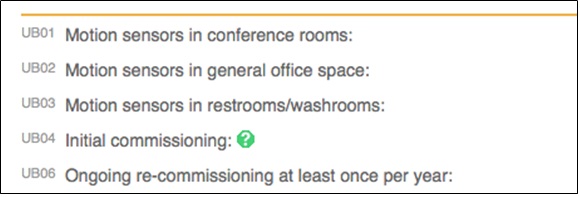In last month’s article, we saw how utility costs nearly always seem to be on facilities managers’ lists of top issues. The reasons are simple:
- Total operating budgets are not increasing as fast as utility rates
- Funds for maintenance or janitorial services are often reallocated to make up for the utility cost increases
- Employees are increasingly aware of options to reduce consumption and will often actively engage in the process.
- FMs are faced with increasing corporate initiatives to reduce green-house gas emissions and become better environmental stewards.
Despite all this, many FMs report that they feel like they are just “treading water”. Many organizations report that their efficiency initiatives are met with corresponding rate increases so the expenditures are often nearly the same.
Benchmarking is a very useful tool to help with this process. Here is how it can work to your advantage…
- Benchmark your costs and consumption — this was discussed in the first of this three part article.
- Benchmark your carbon footprint — discussed in the second part of this three part article.
- Benchmark your best practices
- Implement the best practices that would achieve the highest return
To illustrate how we can do this, let’s consider the first five (of the 36) Utilities Best Practices provided by FM BENCHMARKING, as shown in Figure 1:

If you have not implemented any of these best practices which do you think would have the highest return?
Most energy consultants would recommend:
- Ongoing re-commissioning at least once per year.
Re-commissioning will identify issues like open dampers, defective thermostats, defective ductwork, BMS conflicts, and many other issues. Benchmarking participants have that on-going re-commissioning pays for itself in months compared with other options and is responsible significant improvements in occupant satisfaction. - Motion sensors in general office space.
This best practice is highly effective. Since most facilities produce more heat than needed, all year regardless of season, reducing lighting is two times effective. You are not using energy to produce un-necessary lighting and lights that are off do not create heat that needs to be removed.
FM BENCHMARKING actually provides data on the percentage of similar buildings that have implemented each of the best practices, thereby giving you further information to help you determine whether a given best practice may be appropriate for your building.
A similar type of analysis should be done with the remainder of the 36 utility best practices, but now you should see how one can approach the evaluation of which best practices to implement. You should use your energy manager and possibly a consultant to fully evaluate them.